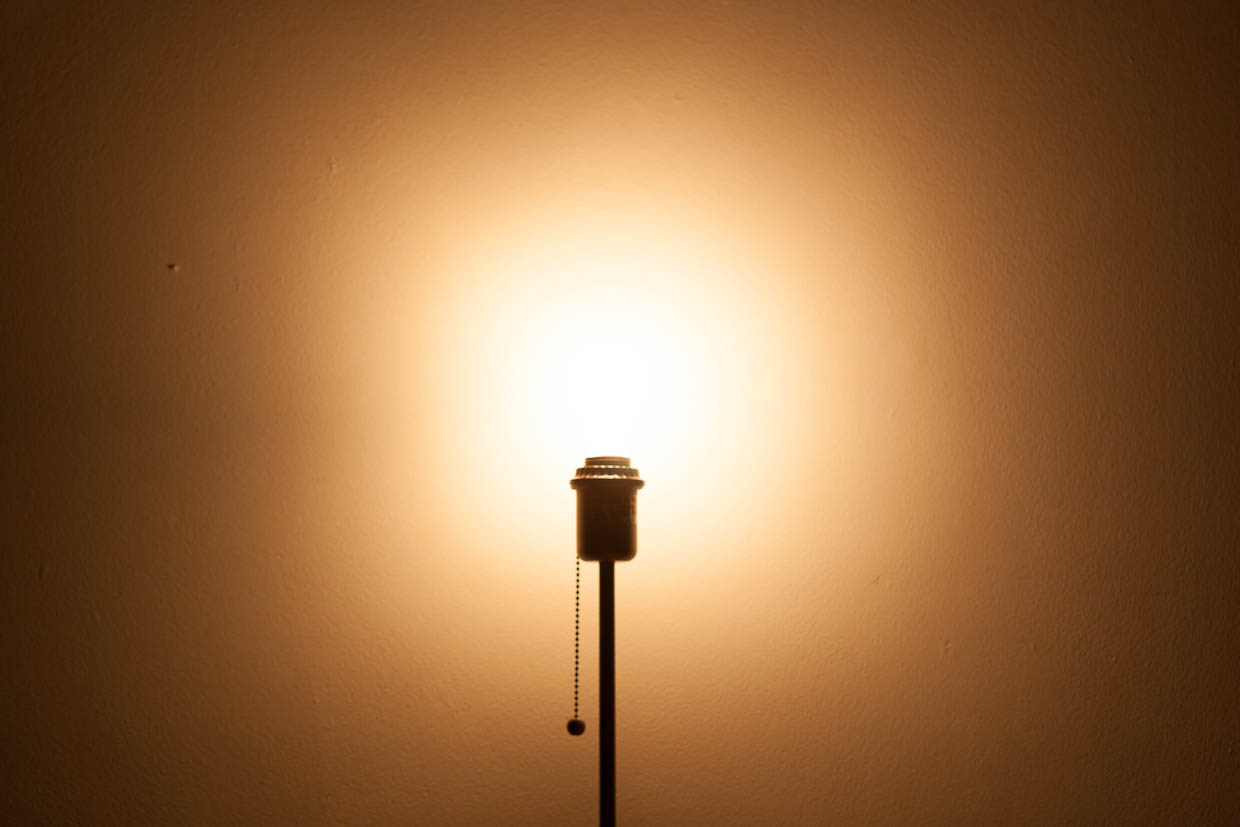Two great LED bulbs compared to previous picks
In April, I reviewed four LED light bulbs and compared them to other bulb types. The results were mixed:
I love the GE Energy Smart LED, but it really needs a 60W-equivalent version to be competitive. That said, I’ve already bought a few more of these because I like them so much. They’re great for table and night-stand lamps. …
I can’t recommend the Philips AmbientLED. The color is just too weird. But Philips is pushing LEDs forward very aggressively, and I bet they’ll have a more broad general-purpose LED lineup in the near future. I’d love to see Philips offer a cooler-colored option.
For applications where incandescent bulbs are still necessary or most practical, I still recommend the Philips EcoVantage halogen-incandescents, which are like incandescents but use about 25% less power, run a bit hotter, cost a bit more, and don’t last as long.
But since publishing the first review, I’ve found two new LED bulbs worth mentioning.
I’ve re-photographed some bulbs from the previous review under tonight’s conditions for the most accurate comparison with the new bulbs. I’ve also measured the power draw from each one using a Kill A Watt.
- A cheap G.E. 60W warm-white incandescent
Actual draw: 62W (close enough) - G.E. 9W Energy Smart soft-white LED (40W replacement)
Actual draw: 7W (better than advertised) - New: Lighting Science 13W Definity Omni V2 LED (60W replacement)
Actual draw: 13W (correct) - Philips 12.5W AmbientLED dimmable LED (60W replacement)
Actual draw: 12W (correct) - New: Philips 10W L-Prize Award Winning LED (60W replacement)
Actual draw: 8W (better than advertised)
Once again, my setup is fairly reproducible if you want to compare my photos with other bulbs: I photographed them in an otherwise dark room against a white wall at 100mm, ISO 400, f/4, 1/100th with white balance set to 5000K.
(This is a Javascript image switcher. View on the full site to see and compare the bulb photos.)

Incandescent •
G.E. LED •
Lighting Science •
Philips AmbientLED •
Philips L-Prize
G.E. Energy Smart LED
My opinion on this bulb stands: it’s great, and I’m pleased to see that it draws even less power than advertised. But it’s also only a 40W replacement, it’s a relatively poor value at $30, and it’s a bit cool-colored for some (although I like its color).
I’d love to see G.E. make a higher-wattage version of this bulb.
New: Lighting Science Definity Omni V2
This is an excellent bulb. (Thanks to Ben Brooks for the recommendation.)
It’s my favorite general-purpose bulb now. It’s bright enough to replace a 60W bulb, it’s colored to be a very good match to “soft white” without looking noticeably yellow, it’s omnidirectional, and it’s attractive enough to work in many partially exposed fixtures. At just under $30, it’s also reasonably priced.
Philips AmbientLED
These are getting cheaper and more widespread, but I still don’t like this bulb. It’s too yellow, and its poor color spectrum makes objects in the room look strangely pink.
Not recommended.
New: Philips L-Prize Award Winner
The L-Prize bulb is $50. Yes, $50. For one.
But it’s a hell of a bulb. Its light is still more yellow than the others, but it’s far less noticeable in use. It still has the short startup delay, just like the AmbientLED, but most people don’t care. And it only uses 10W (or less — mine’s only using 8), which nothing else in the 60W-replacement class can match. Admittedly, you probably won’t notice a 2–3W power-draw difference, but it’s impressive nonetheless.
And, subjectively, I think it’s noticeably brighter than the other 60W-replacement LEDs.
It’s far better than Philips’ older AmbientLED bulb, and it’s better than almost every other LED bulb on the market for many uses.
Practical recommendations
I still like the G.E. for a 40W replacement, but I just don’t have a lot of uses for 40W bulbs.
The L-Prize bulb is very good, and it’s the brightest standard LED bulb I’ve seen. But it’s $50, and its light is still a bit yellow. Worth a try if you’re a light-bulb nerd, but otherwise, probably safe to ignore until the price drops.
The Lighting Science bulb is fantastic. It’s the best general-purpose 60W-replacement LED bulb I’ve seen. Recommended.